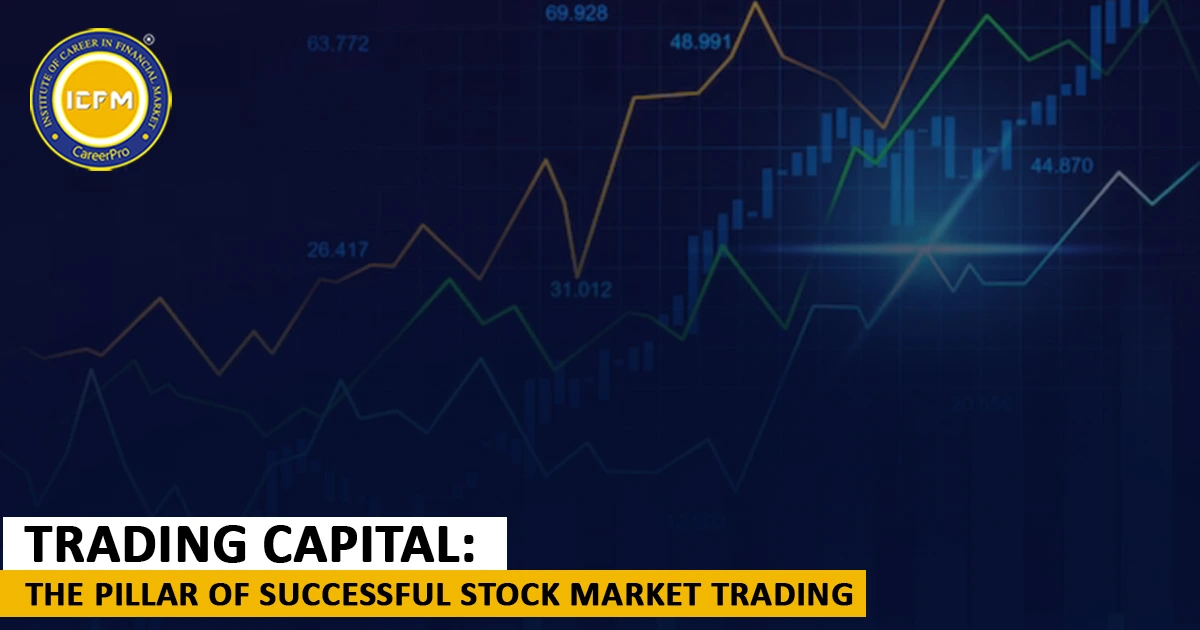Trading capital is the foundation upon which all investors and traders stand in stock trading. Having capital allows for trading activities as individuals seek to profit by buying and selling assets. Long-term sustenance requires one to learn about trading capital as well as the best means of managing it.
So, what is Trading Capital?
Trading Capital refers to the allocated funds available for trading differing financial instruments like stocks, bond, commodities, and derivatives. Unlike long-term investment capital, it is based on short-term techniques and multiple transactions movement. Trading capital is crucial for day traders and swing traders as well institutional investors participating in the market.
Significance of Trading Capital
Flexibility and liquidity: A sufficient amount of trading capital permits for the flexibility to becomes a opportunity on the stock market.
Management of risk: Proper capital funding allows diversification of trades as well as manage the level of risk involved. Sufficient capital provides the ability to withstand market fluctuations and prevents incurring huge losses.
Strong capital base provides the ability to enhance positions on the market to increase profit levels.
Psychological assurance: Well stocked trading capitals allow traders to think critically unlike emotional decision making associated with insufficient capital.
How Much Trading Capital Do You Need?
A trader’s capital needs are determined by their trading style, preferred risk level, and market environment. Day traders tend to use more capital because of non-recourse lending requirements, while swing traders can cope with less. In any case, reserving living expenses should be the primary concern—it’s best approached with a level of funding that can be easily lost without disrupting finances.
Efficient Management of Trading Capital Strategies:
Set a Cap: Strategically set aside only a specific amount for trading.
Use Stop-Loss Orders: Mitigate severe loss risks by implementing point-of-sale strategies in advance.
Diversify: Spreading investment across varied assets increases the chance of risk reduction.
Regularly Optimizing Checkups: Regularly analyzing trading performance is vital in updating strategies to better utilize capital.
Avoid Over-leveraging: While leveraging can increase gains, the risks also heighten. Handle wisely.
Common Trader's Mistakes Using Trading Capital:
Over-Trading: Overly frequent trading can increase exposure, incur more fees, and increase risk.
Ignoring Risk Management: Lack of trades using stop-loss strategies, as well as irrational methods, can rapidly deplete capital.
Trading on Emotion: Exploiting emotions to dictate trades usually leads to poor decisions.
Conclusion:
You can define trading capital as the money you have, but it is much more than that. It is the engine that powers trading activities. In order to be successful, a trader needs to be smart about capital, spending time and effort protecting and growing it over time. Whether beginner or an advanced trader, managing one's trading capital effectively aids success in the stock markets.
Remember, in trading, it is not about how much you earn. It is about how well you defend what you have.









